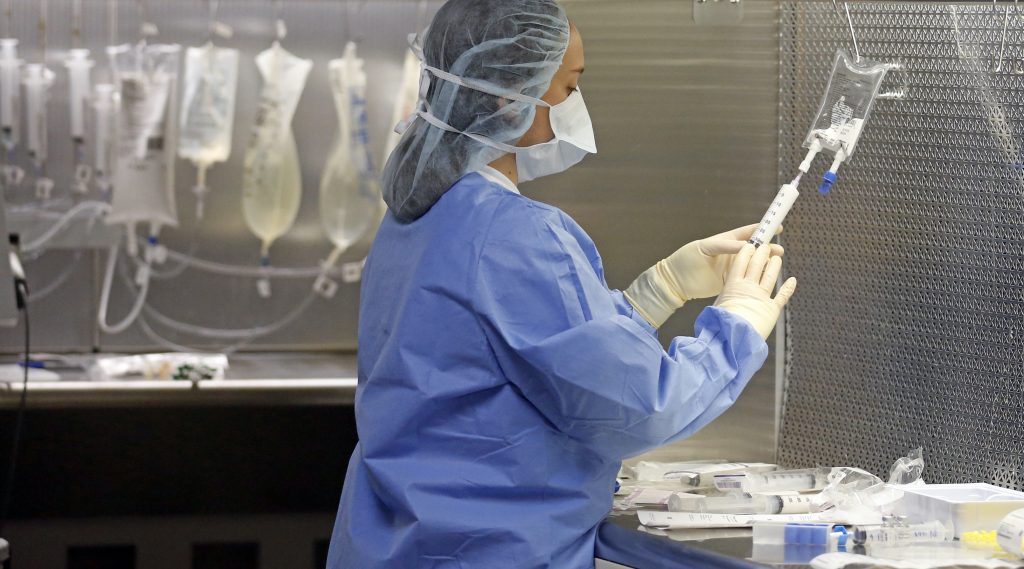
https://www.instagram.com/tv/CIja0IdBlWn/?igshid=hoh465tffuad
The positive COVID-19 test rates in Utah continue to increase to now over 21%.
Healthcare workers say hospitals could run out of beds and the fear of exceeding capacity could become a reality.
Utah has about 564 ICU beds. Of those, 78% are in use, leaving Utah high at risk for hospital overload.
Jodie Jamison, a local nurse, explained her concerns. “What people don’t understand is you don’t want a full ICU. You don’t want 90% capacity, you don’t want 80% capacity; 100% capacity is dangerous. They’re out of resources, they’re out of beds, and so you don’t want to see a number above 80 because that means resources are running out, staff are running out.”
Many Utahns expressed their frustration and feel their rights are being infringed upon with the latest mask mandate.
Jamison said it’s essential. “It only took one night for New York to turn from OK to not OK.”
Jamison gave us an insider’s perspective, sharing that nurses were brought in from other hospitals, such as pediatric units and even other states, including New York.
Many nurses are frustrated with some citizens’ assumptions that the situation is less serious than the media reports. Jamison said, “People are sick, and if anyone that doesn’t agree with it took one step onto a COVID-19 unit and see what’s really going on.”
Some hospitals began running out of room this past week and had to send patients to hospitals out of their network, which, according to Jamison, has never happened due to a lack of capacity.
Sierra Broadbent, a nurse at Primary Children’s Hospital (PCH), said nurses have been asked to receive all youth patients in the area, leaving more room for COVID-19 patients in the other hospitals. However, even though PCH is a children’s hospital, they’ve been forced to make room for COVID-19 patients in their ICU.
Nurses are being asked to work overtime, pushing their physical capacity to work extra on their already highly demanding jobs.
Jamison said, “We’re not complaining to the public that we’re standing there and getting heatstroke, day after day; we’re not complaining. Now it’s 12 degrees this morning and my nurses’ hands are frozen. We’re not complaining to the public, but if any one of them stood in our shoes and we’re trying to help those that were getting sick … I would hope they would change their mind.”
Morgan Dopp worked at a senior center the past few months. She reminded us to focus on the numbers.
“The data and the COVID-19 cases are showing that it’s spreading this bad, and we’re at 3,000 cases. Let’s focus on what the numbers are showing and now adapt to that.”
While some deny the power of this pandemic, the stats are undeniable.
Now topping 241,000 deaths, the number of COVID-19 fatalities nationwide could fill the University of Utah’s Rice-Eccles Stadium nearly five times over.
Be smart and considerate. Wear a mask.




